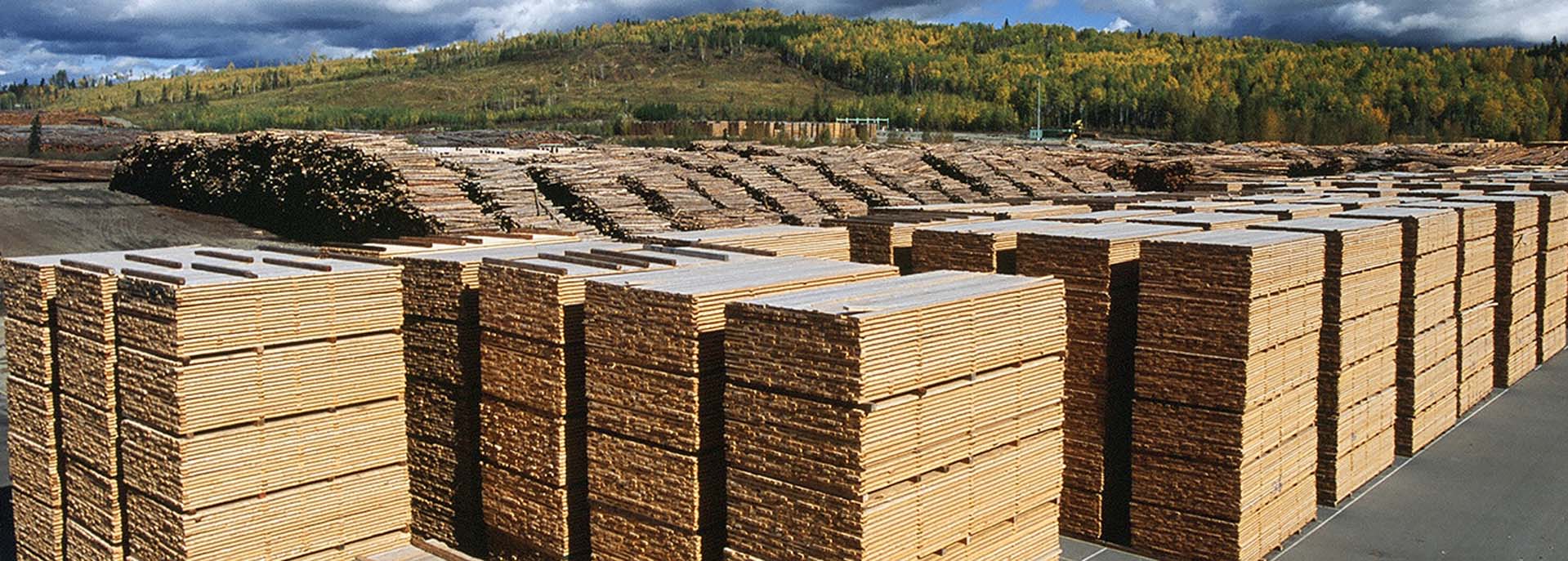
Lumber grades and sizes
Lumber from Canadian Wood species are graded as per the intended end-use for a specific application.
Appearance market
In the appearance market, the durability, grain, colour and amount of clear lumber is important.
Structural market
For the structural market, lumber grades are applied to each piece of lumber produced. This is done so the buyer knows that he or she is getting a product consistently graded to a standard.
Grades/Grading system
Grades take into account the size, location of defects, and the suitability of the piece of lumber. The intent of the grading system is to provide lumber users with assurances that products meet a set criteria and performance standards.
Moisture content of structural lumber
Structural lumber is dried to an average moisture content of 19 percent and comes in highly standardized sizes.
Moisture content of non-structural lumber
Lumber that is intended for non-structural uses such as doors, furniture, millwork, etc., comes dried to a lower moisture content (avg. 10-14 percent). It is also available unseasoned, depending on the customer’s requirements.
Lumber from the coastal region of British Columbia (B.C.), Canada
The coastal forests of B.C. have a wide variety of lumbers such as western hemlock, Douglas fir, western red cedar, and yellow cedar. These species offer more opportunities for a wider variety of lumber sizes, final moisture content, and surface quality finishes. In addition, the lumber produced by this coastal region has a wider variety of grades, including both structural and appearance grades.

